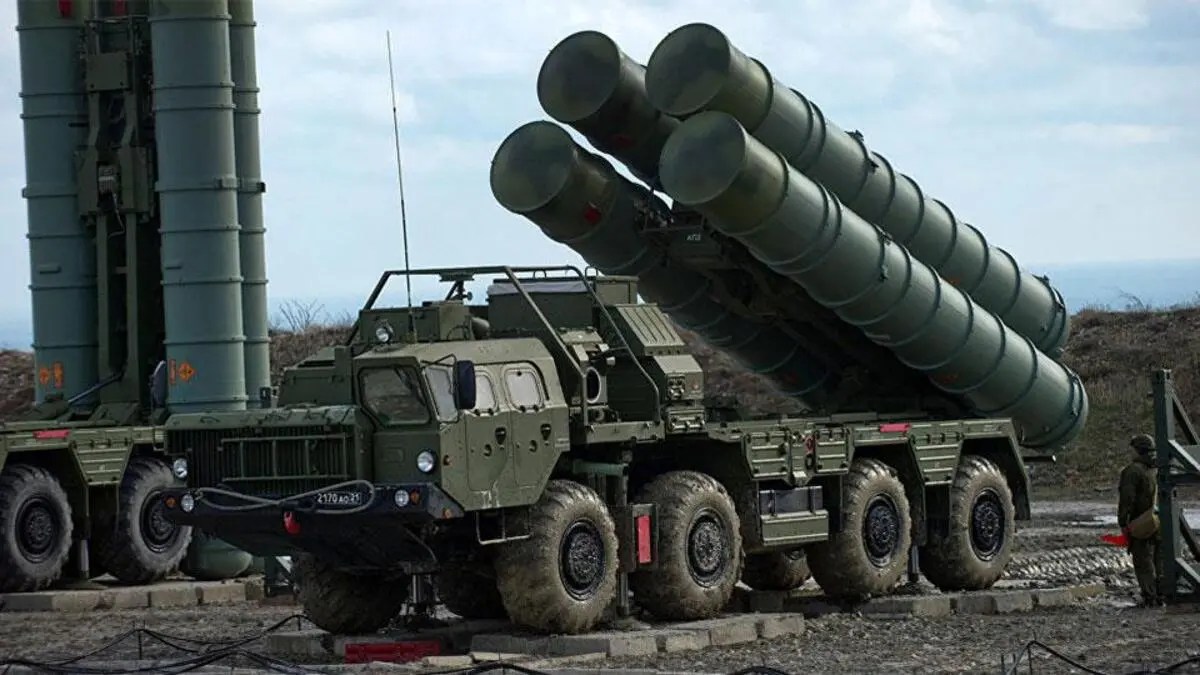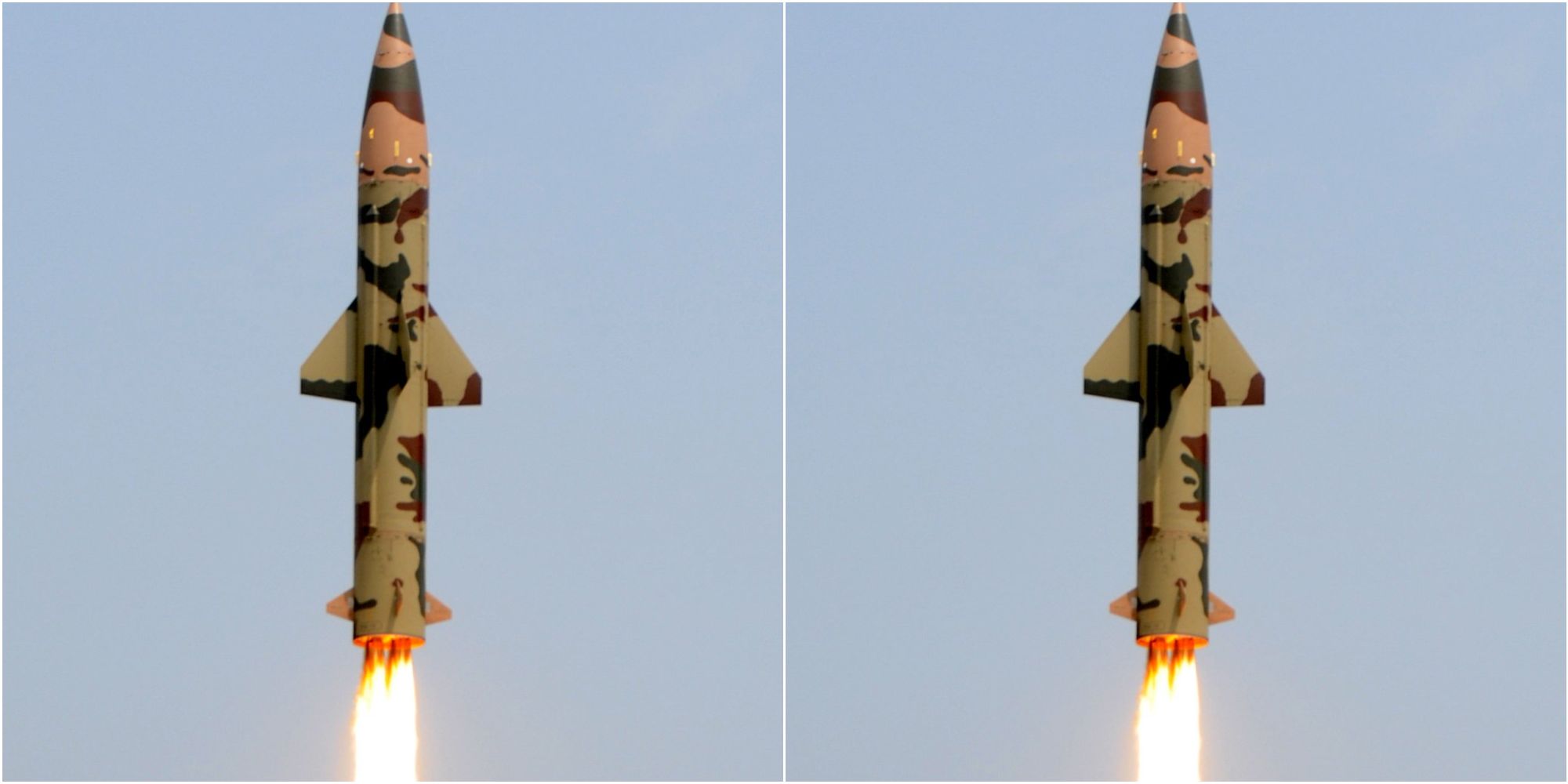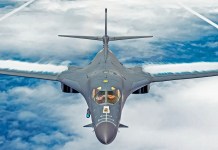Pakistan has been watching the advances in India’s missile capability. It is particularly concerned with the indigenous ballistic missile defense system and the Russian S-400 ‘Triumf’ surface-to-air defense system, which displayed its prowess in an Indian Air Force wargame by bringing down 80 percent of the enemy fighter aircraft package. A Pakistan think tank contends that this will allow India to keep the ‘limited war’ option open.
Contending that the cornerstone of deterrence is the “mutual vulnerability to retaliation,” the BMD system undermines this principle and also Pakistan’s nuclear deterrence.
India had a successful test of Phase II of its BMD system on July 24, 2024. The system boasted a range of 5,000 kilometers and demonstrated the taking down of the adversary’s ballistic missile endo-atmospherically. The two-phased BMD System has been under development for years now.
The induction of the Russian S-400 system (NATO name SA-21 Growler) in the IAF has been done in the aftermath of the clash between the two nuclear-armed countries in 2019.
India has already operationalized three units, and the remaining two systems are awaiting delivery. As reported by an Indian news agency, the IAF tested the system’s efficacy and was impressed by its performance, as it took down 80 percent of fighter jets in a military exercise.
Regarding the implications of these developments, a think tank issue brief contends that the S-400 could detect objects 600 kilometers inside Pakistani territory with the “sophisticated” longer-range radars it is developing. Also, theoretically, it will be able “to counter Pakistan’s Hatf, Ghauri, and Shaheen missiles.”
“Phase I is complete and already deployed around Delhi, while phase II is under development. The S-400 is already deployed along Pakistan and China borders. India can, thus, deploy its mixture of indigenous and acquired systems to undermine the effectiveness of Pakistan’s nuclear forces. As the scope and sophistication of Indian BMD increase, it is likely to have a greater impact on Pakistan’s nuclear deterrence,” an issue brief in the Institute of Strategic Studies Islamabad (ISSI) read.
IAF Bets On Rafale, Su-30 MKI For Long Range Ops To Dominate Indian Ocean – Understand The Dynamics
S-400 is an advanced BMD capable, and its radars are capable of tracking 300 targets in one go. The missiles can engage 60-80 targets in one go. It sends two missiles after one target. The missile system will make attacks like Operation Swift Retort, which Pakistan did in 2019 in response to India’s Balakot air strikes, impossible.
The Pakistan think tank contends that the possession of BMD can increase India’s willingness to take greater risks in case of conflict between the two countries. “This could potentially embolden India to adopt a more aggressive posture, increasing the risk of nuclear conflict. BMD systems would also increase Indian comfort zones, and in the future, it is likely to increase misadventures, such as the Balakot strikes of February 2019. It also emboldens India to keep the limited war option open,” the scholar contends.
The fear is that backed by its BMD systems, India will be encouraged to carry out a pre-emptive strike against Pakistan’s strategic assets to wipe out a majority of its assets and absorb and intercept any remaining missiles through its BMD system.
This, the think tank says, exacerbates Pakistan’s security dilemma. Pakistan needs modifications to its nuclear and missile forces to counter the advantage gained by India through its BMD systems.
“Pakistan can opt for qualitative technologies to penetrate Indian BMD systems, as well as to fog their interception system. It is already diversifying its missile systems. It is pursuing cruise missiles like Babar and Multiple Independently Targetable Reentry Vehicle (MIRV) like Ababeel that can penetrate BMD systems due to maneuverability and sheer numbers,” reads the brief.
Along with this, Pakistan can deploy strategies like mobility, dispersion, and camouflage to increase the survivability of its nuclear force in case of a pre-emptive strike.
“Despite their limitations, missile defense systems can create a false sense of security for Indian leadership, bringing instability and encouraging pre-emption and adventurism. It would encourage an arms race and make South Asia more volatile,” concludes the scholar.

India’s Quest For A Ballistic Missile Shield
India’s BMD program was launched in 2000 after the Kargil War and aims at creating a multi-layer defense shield against ballistic missiles.
Its key components are the Prithvi Air Defence (PAD) interceptor missile, which is meant for high-altitude interception, and the Advanced Air Defence (AAD) missile, which handles lower-altitude interceptions.

The recently concluded Phase-II AD Endo-atmospheric missile test featured an indigenously developed Two-stage solid-propelled ground-launched missile system meant for neutralizing many types of enemy ballistic missile threats in the altitude bracket of endo to low exo-atmospheric regions.
The system is based on a multi-layered approach and uses both land and sea-based interceptor missiles. It has an overlapping network of radars and command and control posts, ensuring early detection and tracking of incoming threats.
While the full operational deployment of the Indigenous BMD is still at least a decade away, India has sought to plug the gap with Russian S-400s.
In October 2018, India signed a US$5.5 billion deal with Russia to acquire five S-400 systems for the IAF. The three system regiments delivered so far have already been inducted into the service of the IAF and deployed along the Pakistan and China border.
The S-400 is a development of the S-75 missile that famously shot down the American U-2 spy plane over Russia in 1960. Russia has dubbed the S-400 an effective counter-stealth weapon, which could even make it difficult for American F-35 fifth-generation stealth fighters to operate.
The counter-stealth claims related to the S-400 are primarily centered around the system’s acquisition radar, the AESA 1L119 NEBO SVU, which operates in the Very High Frequency (VHF) band.
As EurAsian Times has discussed earlier, Russian-made VHF (Very High Frequency) radars pose a significant threat to stealth or very-low observable (VLO) targets such as American-made F-35 aircraft.
- Ritu Sharma has been a journalist for over a decade, writing on defense, foreign affairs, and nuclear technology.
- The author can be reached at ritu.sharma (at) mail.com
- Follow EurAsian Times on Google News




